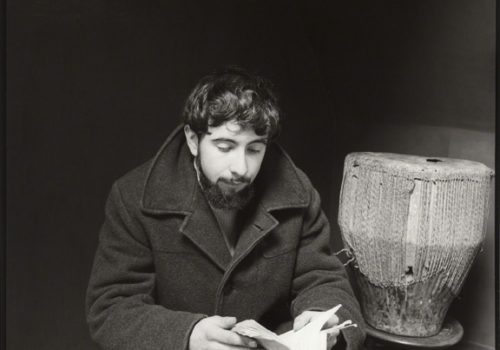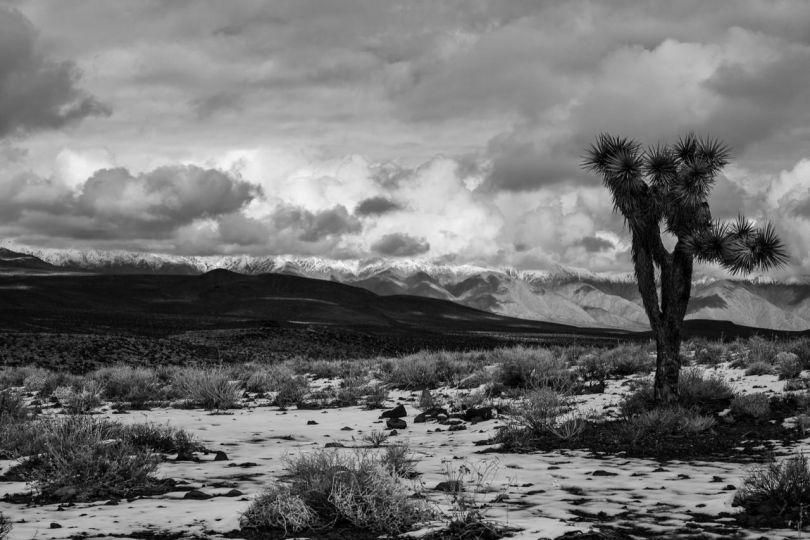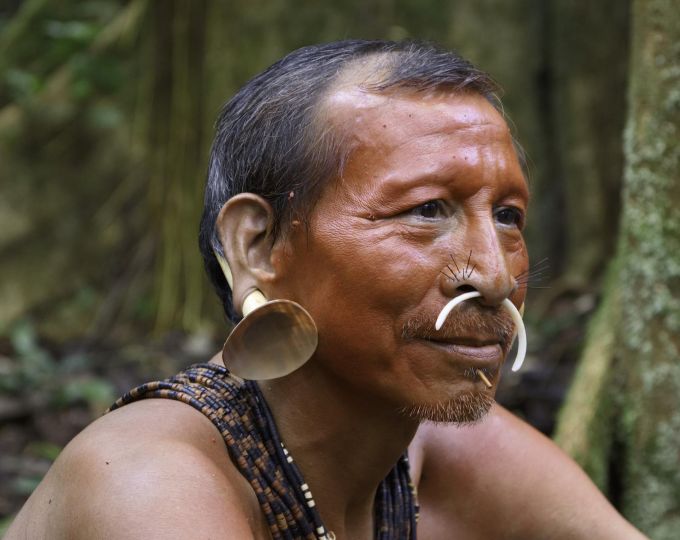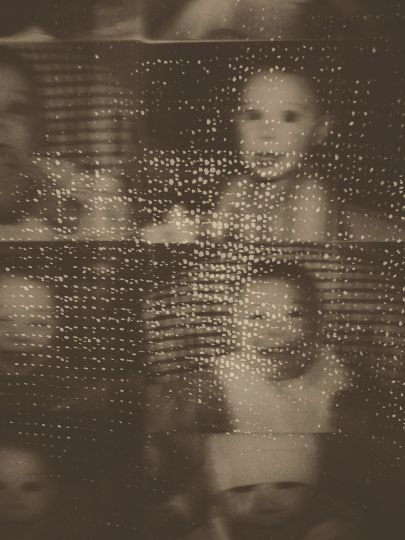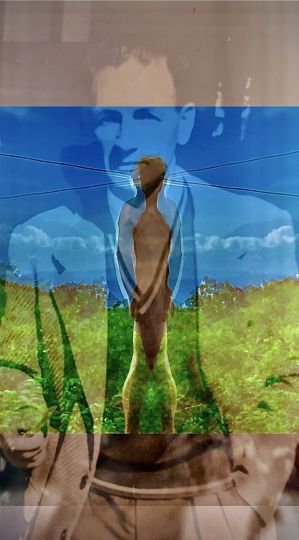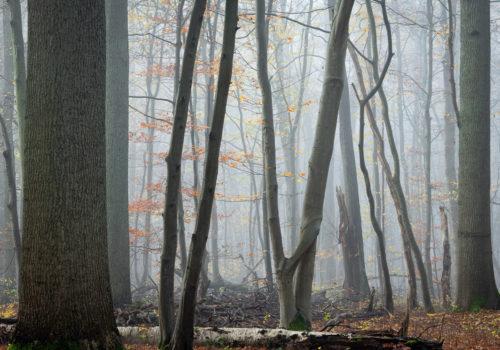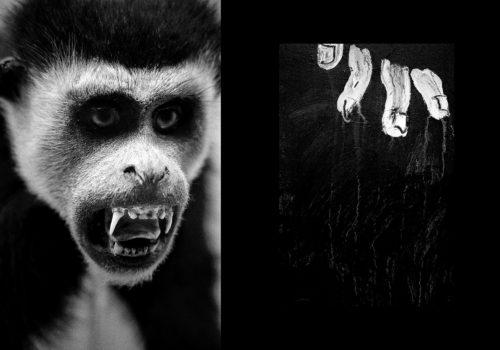In 1960 Ida Kar (1908-1974) became the first photographer to have a retrospective exhibition at a major London art gallery. Fifty years after her groundbreaking installation at the Whitechapel Art Gallery, the National Portrait Gallery presents a re-evaluation of the work of one of the key figures of twentieth-century portraiture.
Despite receiving public and critical acclaim from her contemporaries, Ida Kar remains surprisingly little known. This exhibition of over seventy of Kar’s portraits highlights the significant role played by this woman photographer at the heart of the creative avant-garde.
Russian-born, of Armenian heritage, Ida Kar (1908–74) was instrumental in encouraging the acceptance of photography as a fine art. Her subjects were the most celebrated figures from the literary and artistic spheres of 1950s and 1960s Europe and Russia. They include artists such as Henry Moore, George Braque, Gino Severini and Bridget Riley and writers such as Iris Murdoch and Jean-Paul Sartre.
Ida Kar was born of Armenian parentage in Tambov, near Moscow, Russia. She studied in Paris in 1928 where she was influenced by the prevailing avant-garde currents. She went on to establish her photographic practice ‘Idabel’ in Cairo with her first husband Edmond Belali in 1933. In 1945 she moved to London with her second husband, the artist and critic Victor Musgrave who opened Gallery One in London. This is where Kar exhibited Forty Artists from Paris and London (1954), but the height of Kar’s success was her well-received Whitechapel Gallery one-person show in 1960.
In the late 1950s she contributed photo stories about life in London to the Tatler as well as photographing in Germany and Armenia and portraits of cultural celebrities. Kar travelled widely, and in 1964 was invited to Cuba to photograph celebrations for the revolution. Her environmental portraits and documents of her homeland Armenia and Castro’s Cuba arrived on the British cultural scene at a time when photography was not widely seen as high art. The Whitechapel show managed to change that perception to a large degree and brought her critical if not financial success at the time. She arranged another exhibition at the House of Friendship, Moscow, in 1962. Kar continued to photograph sporadically throughout the rest of her life and just month before her death had embarked on a project of nude studies. She died in London in 1974.
Ida Kar: Bohemian Photographer, 1908-74
Until June 19
National Portrait Gallery
St Martin’s Place
WC2H 0HE
Londres

